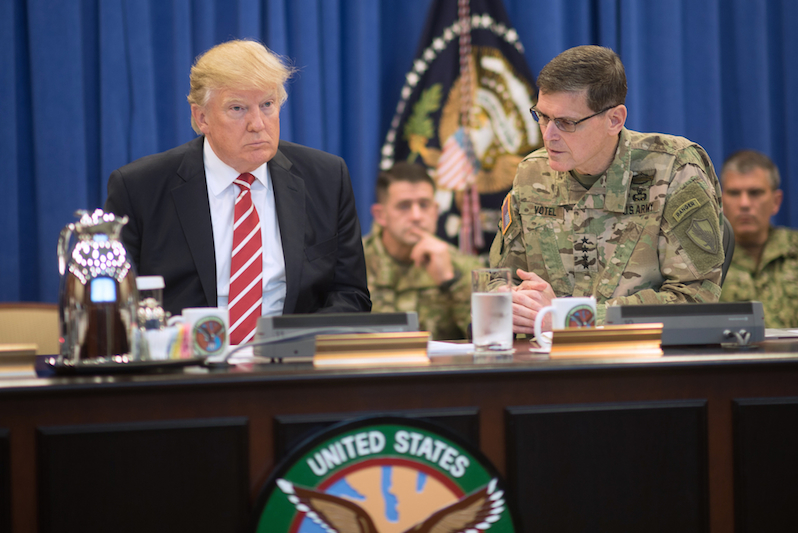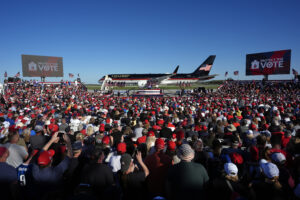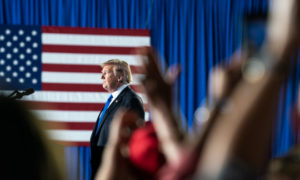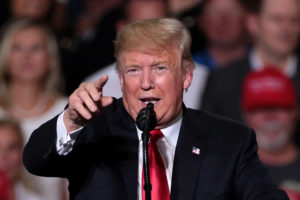What Does an ‘America-First’ Foreign Policy Actually Mean?
Donald Trump's talk of finally winning again is a recipe for prolonging wars guaranteed to create more chaos and failed states in the Middle East, and possibly beyond. President Trump discusses military operations with Gen. Joseph Votel, head of U.S. Central Command. (Chairman of the Joint Chiefs of Staff / CC 2.0)
1
2
President Trump discusses military operations with Gen. Joseph Votel, head of U.S. Central Command. (Chairman of the Joint Chiefs of Staff / CC 2.0)
1
2

President Trump discusses military operations with Gen. Joseph Votel, head of U.S. Central Command. (Chairman of the Joint Chiefs of Staff / CC 2.0)
Independent journalism is under threat and overshadowed by heavily funded mainstream media.
You can help level the playing field. Become a member.
Your tax-deductible contribution keeps us digging beneath the headlines to give you thought-provoking, investigative reporting and analysis that unearths what's really happening- without compromise.
Give today to support our courageous, independent journalists.







You need to be a supporter to comment.
There are currently no responses to this article.
Be the first to respond.